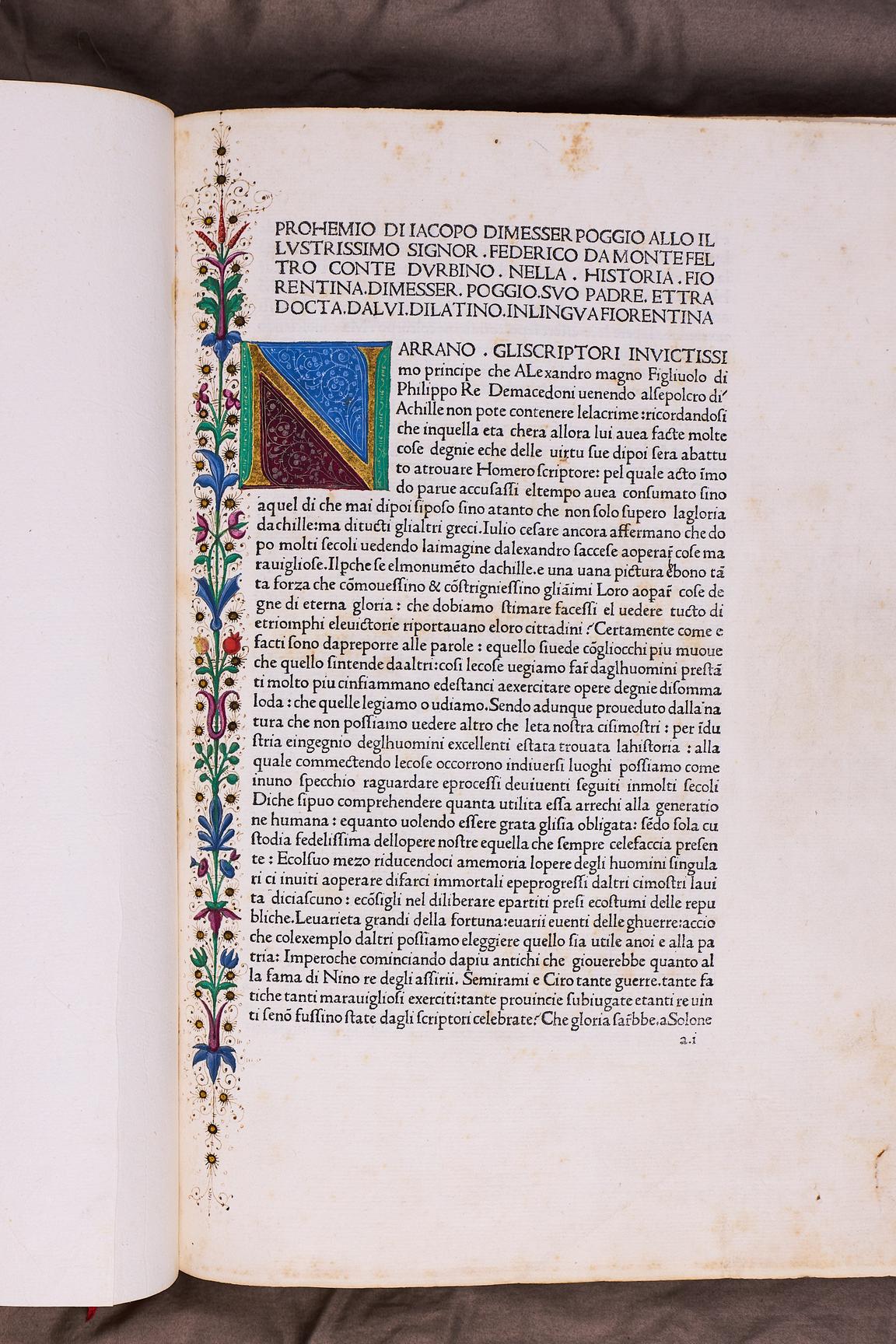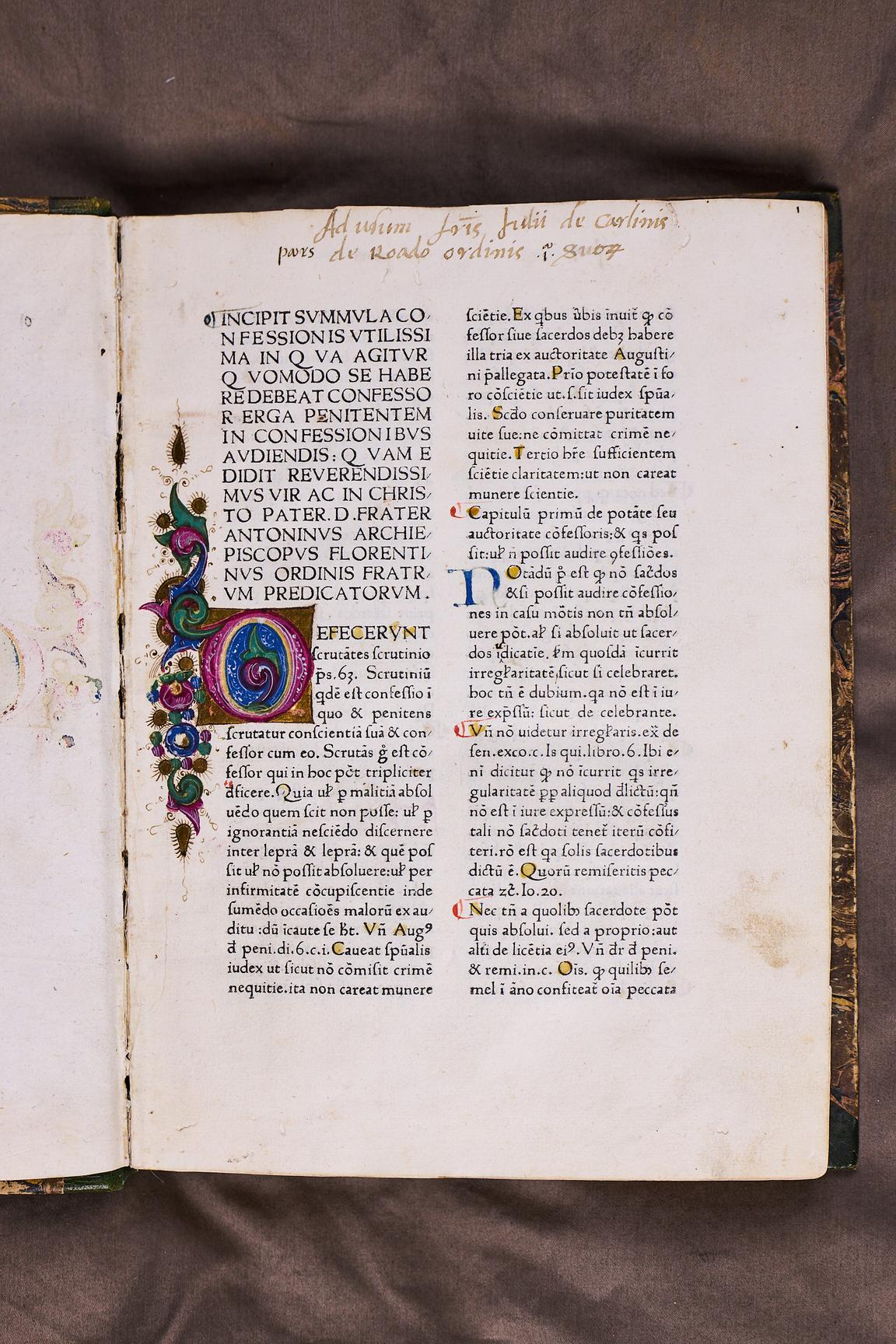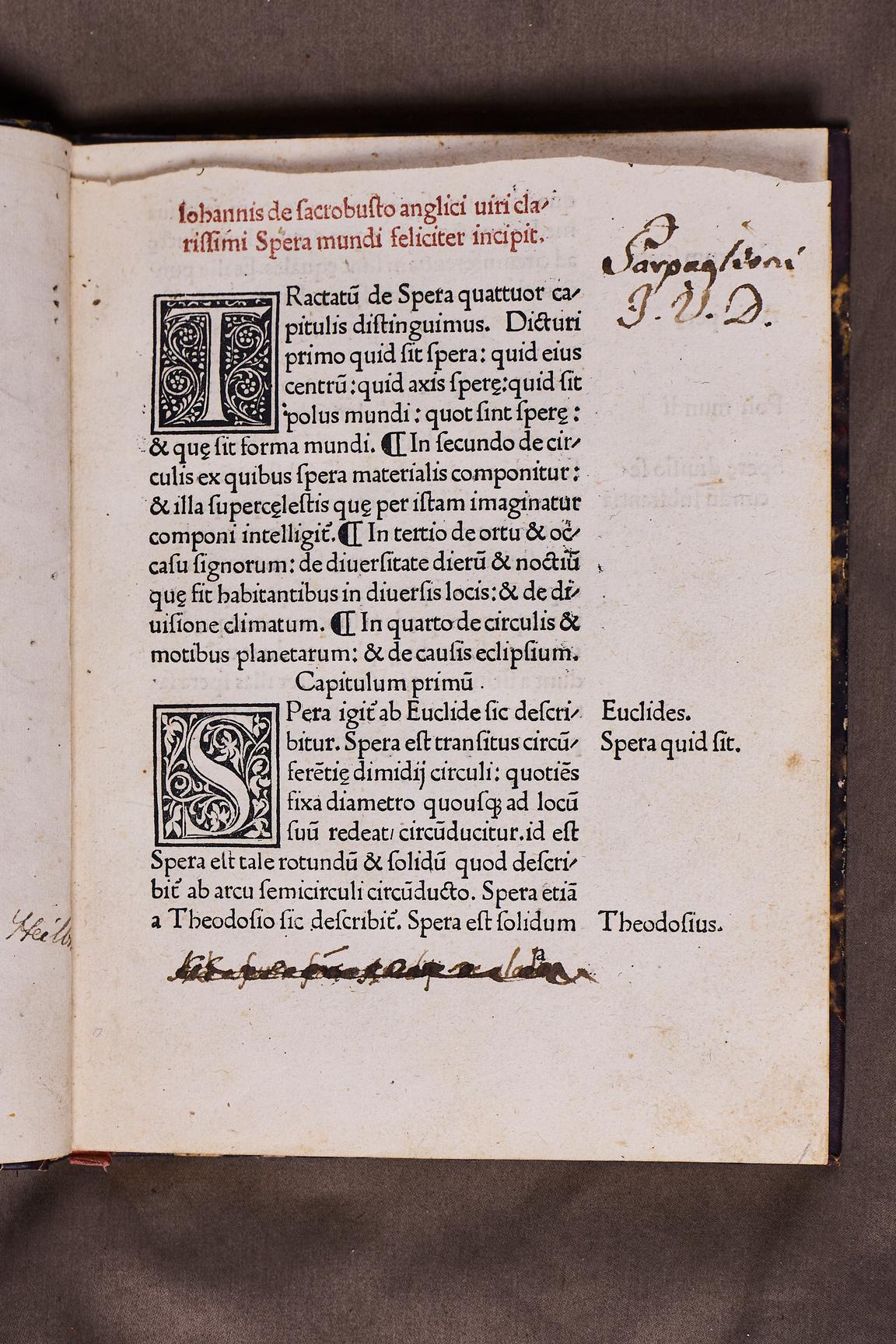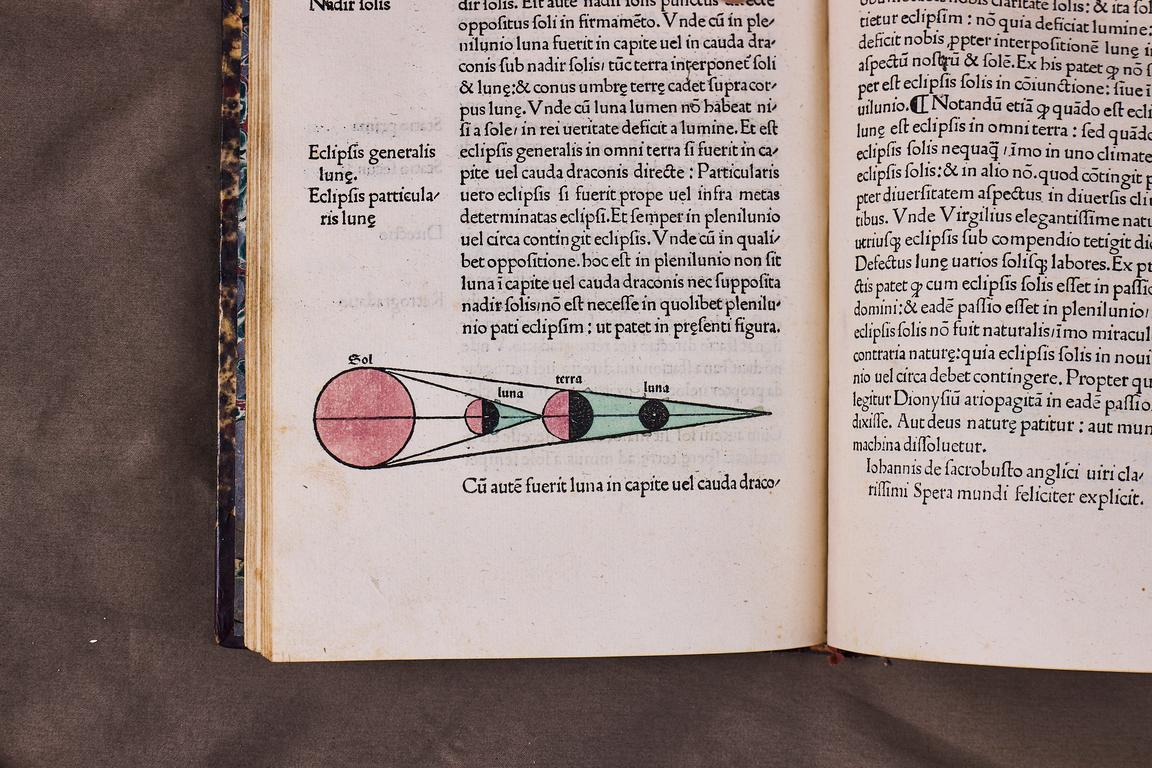Incunables
An incunable is a book made during the earliest years of printing in Europe, from 1455 until 1500. The word incunable derives form the Latin incunabula meaning ’origins', ’beginning’, literally ’swaddling’, ’cradle’. Such books are sometimes referred to as paleotypes, which translates to 'old imprint'. This refers to movable type prints, unlike block prints, where the text has been cut from a piece of wood.
About the collection
The Gothenburg University Library has 163 incunables, belonging in various collections held by the library. There is no separate catalogue or inventory of our incunables, but they can be found in our catalogues, mainly the older ones among the latter.
Twelve of the incunables belong to the Hvitfeldtska Collection. However, most of them have come to the library through individual donations or acquisitions through the years. For example, Professor Vilhelm Lundström (1869–1940) has donated over 40 incunables to the library.
The collection includes works from a number of European countries, unsurprisingly with a majority of titles produced in German-speaking areas, as well as in Venice. The lack of geographical variety mirrors rather well the location of the main production hubs of these books. Venice is a leading location, as the city had quickly established itself as a major producer of books. Here, the printing industry was not regulated by letters of privilege, unlike in most other cities.
The first incunable was printed already in 1461, and illustrated with woodcuts. The woodcut illustration tradition reaches its peak with the Nuremberg Chronicle (Liber chronicarum) from 1493, with its 1809 illustrations. The library holds one copy of the Latin edition.
Incunables are particularly interesting as they show the long-term development of printing into the industry we know today. As a rule, incunables lack a title page and colophon. Further, they retain many of the traits of manuscripts, such as space for decorative initials, which were added to the printed pages by illuminators. The established definition of incunables draws a line at the year 1500 for their production, mostly for practical reasons. Generally, it does take a bit longer before the familiar details currently associated with modern books are more widely established.
Below are three examples of incunables from the collections of the Gothenburg University Library.




Access the collection
The incunables of the library are not held together as a specific collection, but can be found in several of our individual collections. Cataloguing of all incunables at the library is underway.
Humanities library
Renströmsgatan 4
405 30 GOTHENBURG
Phone: 031-786 17 45
Text:
Anders Strinnholm
Read more
Barber, Phil. An Introduction to Incunabula.
Hellinga, Lotte (ed.), Incunabula: the printing revolution in Europe 1455–1500. Units 18–20 Printing in and for the Baltic area, parts I-III, Research Publications International, Reading, 1997
Hellinga, Lotte & Davies, Martin (ed.), Incunabula: studies in fifteenth-century printed books presented to Lotte Hellinga, British Library, London, 1999
History of Incunabula Studies.
Laurence Witten Rare Books, Incunabula: a selection of one hundred eighteen printed books of the fifteenth century, Southport, Conn., 1982
On the Nuremburg Chronicle on Marginalia.
On incunables on Wikipedia.
Suggested research topics
- An overview of the collection's contents. What is represented here, and how does it mirror the time and context of the material?
- Biographical research
- Incunables in Sweden
- Older acquisition history and collection building at the Gothenburg University Library branches
- War booty in the collections of the Gothenburg University Library
Please contact us if you have any suggested research topics you would like to share!